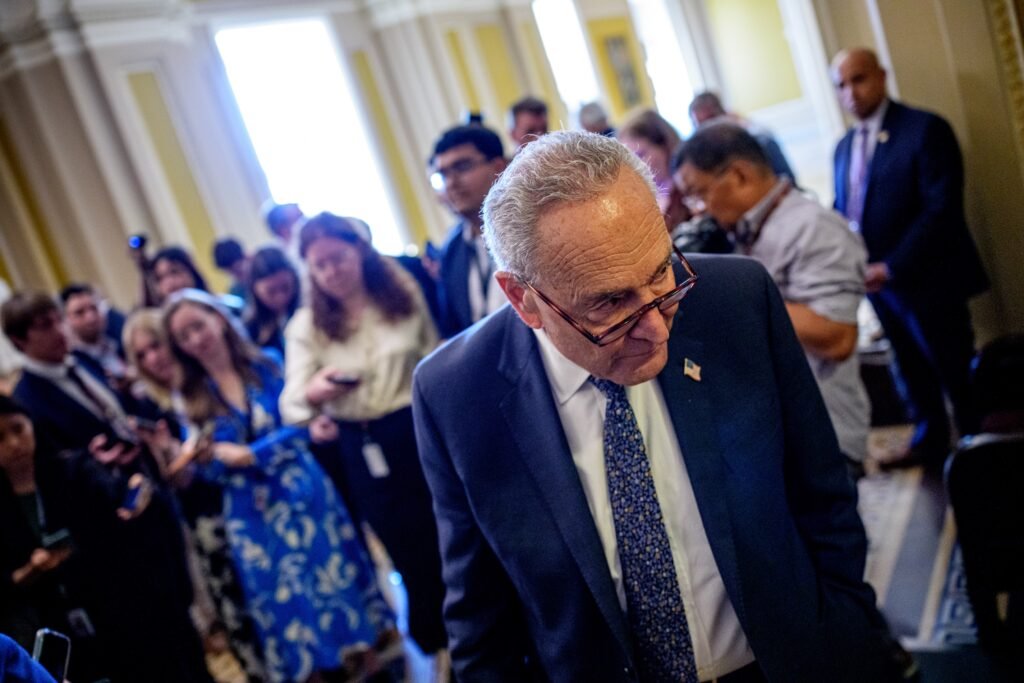Alabama public school enrollment will decline slightly heading into the 2023-2024 school year. This is because the decline in the number of white students enrolled is partially offset by an increase in the enrollment of Hispanic students. Just over half of public school students, 51 percent, are white. 32 percent are black and 11 percent are Hispanic.
This year's enrollment continues a long-term trend. In 2000, 62 percent of the student body was white, and a small percentage of Hispanic students were enrolled.
The proportion of students identified as economically disadvantaged is at an all-time high, with 60 percent of enrolled students directly eligible for free school meals under the National School Lunch Program. Eligibility is based on whether your household income qualifies for federal benefits such as housing, food, and medical support.
Since Alabama's Medicaid program began working with the Department of Education to identify students eligible for Medicaid and related benefits, the percentage of children identified has increased significantly. As we emerge from the coronavirus pandemic, the number of families and children is increasing. Federal law prohibits states from removing patients from Medicaid rolls during a public health emergency. The public health emergency is now over, and Medicaid is reevaluating which households will still be eligible.
School systems that experience enrollment growth are typically found in locations with growing populations. Huntsville and surrounding areas in northern Alabama and Baldwin County in the south. Enrollment growth is also occurring at public charter schools that are opening new schools or adding grade levels. School systems offering online or virtual school programs are also making strides.
In percentage terms, rural systems showed the largest declines. The large counties and cities of Mobile, Montgomery, Shelby County, and Birmingham were responsible for the largest declines in enrollment.
















